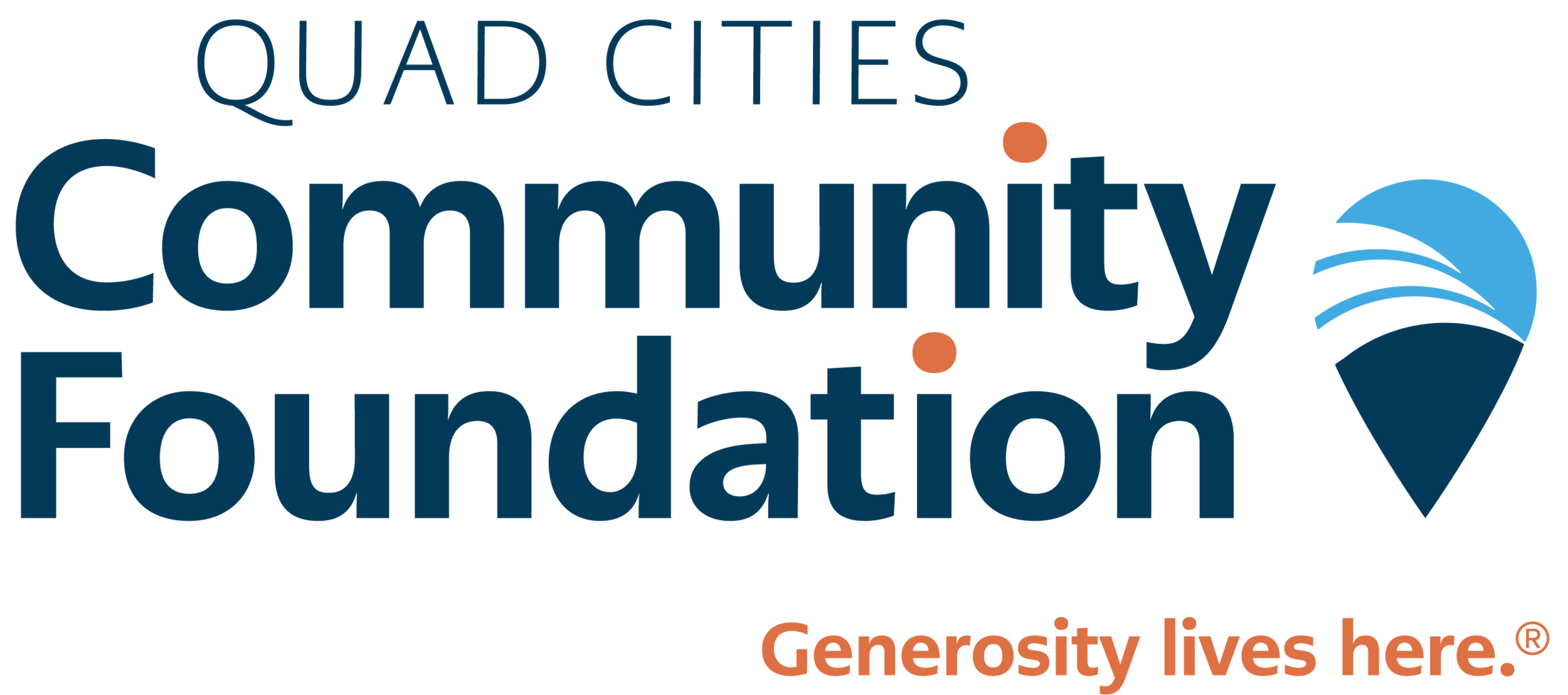How do I teach my children to be generous people?
By Anne Calder, Vice President of Development
I believe generosity is a learned skill—and that we learn it from people who model it for us throughout our lives. Whether from our parents, a relative, a kind neighbor, a scholarship, or help offered during a time of need, we’ve all been recipients of acts of kindness and generosity.
Through these experiences, we learn what it means to be generous with our time, talents, and treasures. Teaching children about generosity is both important and a great family-building activity, modeling empathy, compassion, and the value of working with others to make their world a better place. Here are a few ways to get started.
Practice making giving decisions with your children, since we all know we get better at things we practice. Set aside some of your giving this year for gifts that your child can decide on or that the family decides on together. Sharing the decision-making empowers kids to see how they can make a difference to the people and things they care about.
Look for ways to volunteer as a family. Planting trees, sharing food, cleaning up a community park, helping at a local nonprofit’s event—these are all easy ways to give children experiences that are rewarding and expressions of giving back.
Help your children talk openly about what matters to them, the things they value, and the people they love. Ask them to describe in words the feelings they get when they receive a gift and what it feels like to be a giver. Because both feel good!
Finally, teach children to share those good feelings with others by giving thanks. Writing a special thank-you note or making a thank-you phone call or visit is life-giving for the child and the giver—it keeps the cycle of generosity going.
This article originally appeared as part of Northwest Bank & Trust’s “Community Foundation Corner,” a quarterly series of insights from Anne Calder.

